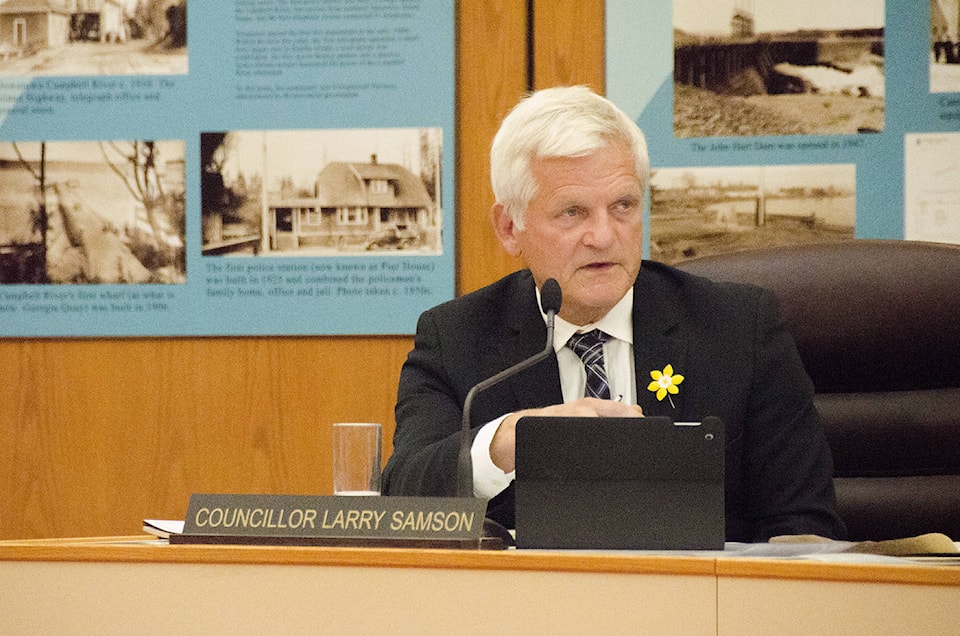The City of Campbell River will spend just over $500,000 on a study into the impact of sea level rise on the community.
Thanks to $325,000 in grants, however, the local taxpayer is only on the hook for $180,000 of that money – which was already set aside for just this purpose during financial deliberations in December.
The city recently received grant funding from the Federation of Canadian Municipalities ($175,000) and the Union of BC Municipalities ($150,000) to complement the money they had set aside for the study, meaning they can now create a much more detailed picture of what the future of our shoreline will look like due to rising water levels.
But while awarding the RFP for the study during last week’s council meeting, some councilors expressed concern about how the money was proposed to be awarded.
The city was looking for someone to do $205,000 worth of work on the study during the first phase, but staff was recommending accepting the bid of Northwest Hydraulic, which was only $176,200.
“Given that the preferred proposal has a budget of $176,200, staff is recommending that the full $205,000 is authorized to be spent such that staff are able to select additional ‘add-on’ options outlined in the proposal, up to $28,800 in value, or request additional work from the proponent as required,” the report says.
When questioned by Coun. Larry Samson on why they would still supply staff with the full amount when the successful bid was much lower, long range planning and sustainability manager Amber Zirnhelt said that because this is something that has never been undertaken before in our region, they don’t know what kind of hurdles are going to be in the way during the study.
“The best way to describe it is that staff are looking to have a contingency with this project,” Zirnhelt said. “The full $205,000 would allow us to have about a 15 per cent contingency on the project which would allow us to undertake additional work if required.”
In particular, Zirnhelt said, staff are concerned about the Painter/Barclay area, where the study will likely be much more difficult due to the topography of the shoreline.
